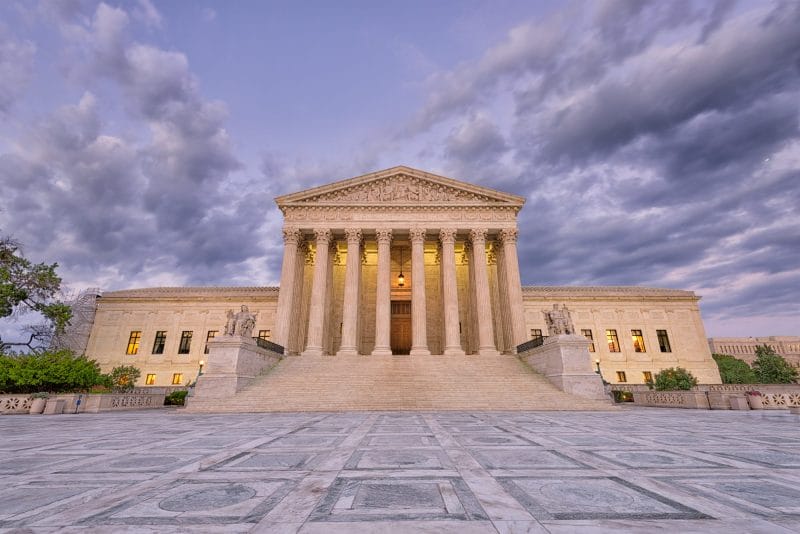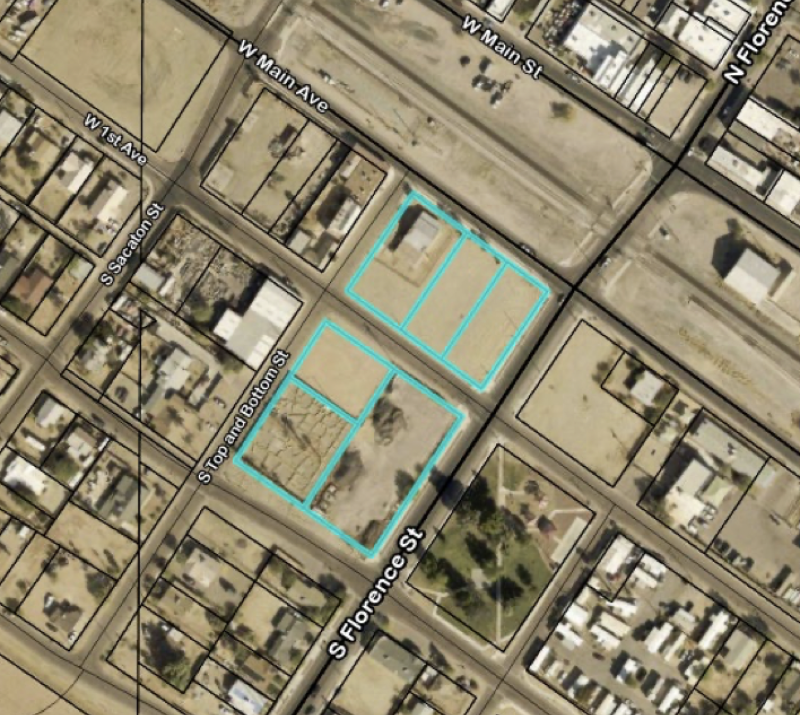
Suburbs first gained popularity for being everything a big city wasn’t. Now they want to be just like downtown
By Alan Greenblatt | Governing
It’s a sunny Saturday afternoon in Shirlington. Clusters of people are sitting outside, dining al fresco at restaurants serving high-end American or Italian food, or quaffing drinks at a pub named for a famous Irish writer. Women walk by with mats under their arms, fresh from yoga class or sessions of massage or reflexology. Shoppers step in and out of an artisanal bakery, a kitchenware store playing peppy French music or a cheese boutique named Cheesetique. All the stores have doors that open right onto the sidewalk, with most people parking at a multilevel garage tucked off the main drag. Newly built apartment towers loom over the scene, although none of the residents are out on their tiny terraces.
Shirlington is a slice of suburban Virginia, just outside Washington, D.C. But it could just as well be a retail pocket in any number of suburbs in the D.C. area, or, for that matter, on the edge of Atlanta, Cleveland or Denver. All over the country, suburbs are rushing to develop new mixed-use corridors, complete with dense, walkable shopping areas, often attached to a town hall or performing arts complex, as in Shirlington, and usually surrounded by mid-rise apartment or condo buildings.







